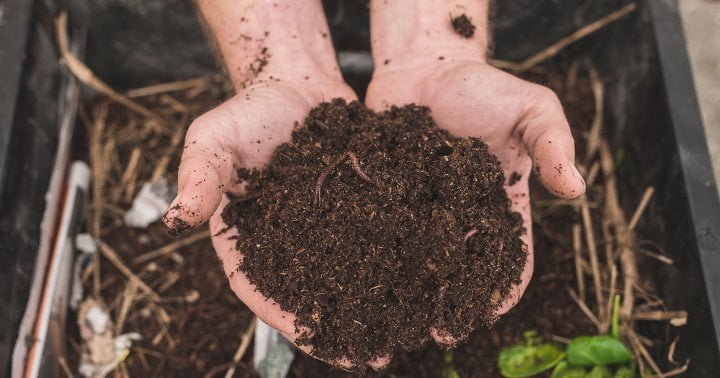Vermicompost Almost Guarantees A Thriving Garden: Here’s How To Get It

Worms are what make vermicomposting possible: These invertebrate creatures eat food scraps and organic waste, digest it, and leave behind usable material.
Although it may be tempting to dig around in your backyard and look for worms yourself, not all worm species are suitable for composting. “Purchase the appropriate species from a supplier for your area rather than collect worms from your yard,” Angelo Randaci, Earth’s Ally master gardener and horticulture expert, suggests. Yes, worm suppliers exist! The type of worm you buy from them will largely depend on your climate.
Red wigglers are one of the most popular worms for vermicomposting. “Because they are tolerant of a wide range of temperatures, they are a good choice for many parts of the country,” says Randaci.
However, if you live in a colder region, you may end up with European nightcrawler worms. “They prefer cooler temperatures and are found slightly deeper in the soil,” he says, adding that “they reproduce more slowly than the red wiggler worms but produce greater biomass (finished material),” he adds.
You can also look into Indian blue worms and African nightcrawlers “but they are better suited to tropical environments,” says Randaci.
If you’re wondering if it’s possible to combine different worm species in one bin, the quick answer is yes—but there can be caveats. According to Randaci, over time one type of worm may dominate. “If conditions are better for one species than another, that species will multiply faster,” he says.
This article was originally published by mindbodygreen.com. Read the original article here.




